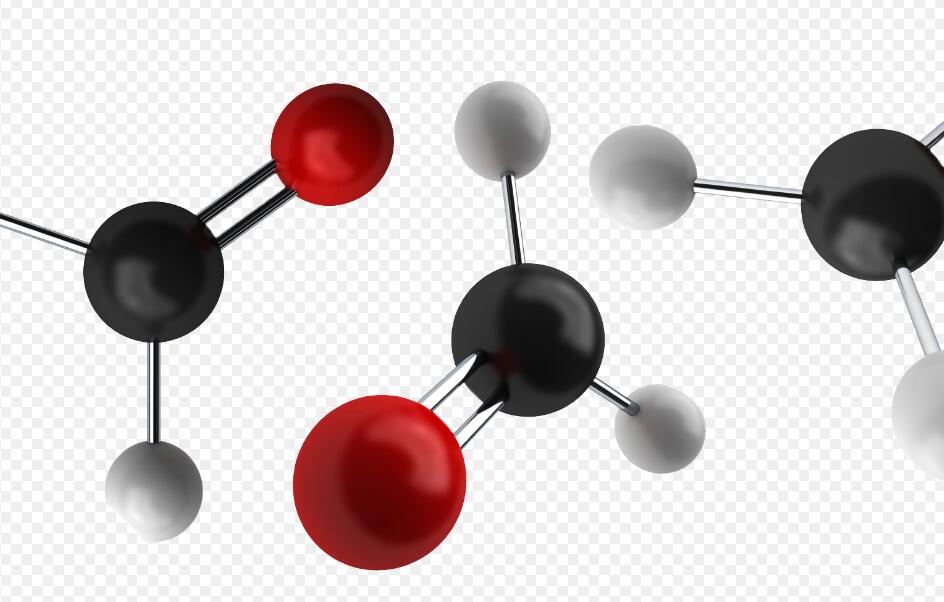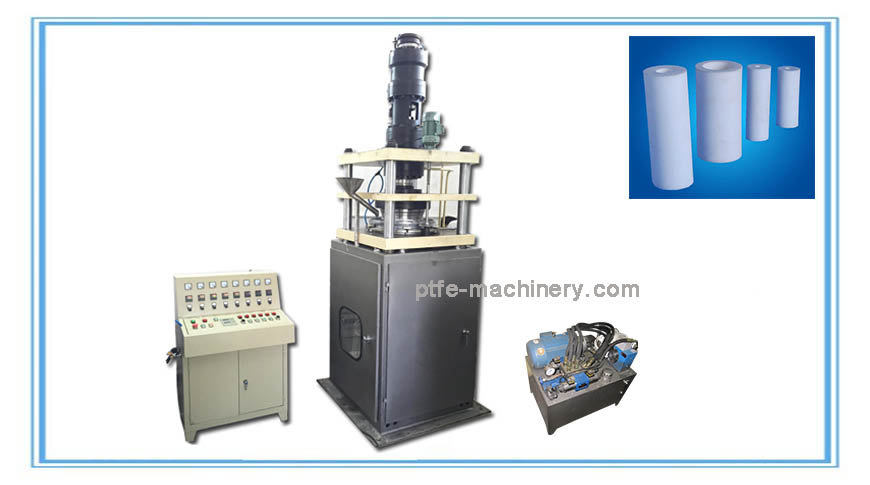The polymerindustry experiencedexponentialgrowth during the latter half of the 20th century. There are about 50 resin producers around the world , the well known big chemical companies contributing most of the production volume of 200 million tons per year.The processing industry, on the other hand, isfragmentedto tens of thousandsof small and medium sized enterprisesaround the world. For example, Germanyhas 2500 plasticsprocessing companies.Most ofthe manufacturers of extruders, injection moulding machines, and other types of equipment are also small or medium sized enterprises having fewer than 500 employees. The growth of the plastics industry is likely to continue, especially in developing countries. Plastics consumption is likely to increase as more people around the world try to satisfy their needs in transportation, food packaging, housing and electrical appliances.However,thisindustryis consideredto have reacheda stage of maturity. Research and development efforts by the major resin producers have been severely curtailed in recent years. The plastics processors and original equipment manufacturers are not big enough to sustain major R&D programmes that could lead to ‘quantum jumps’ in technology.
At a recent workshop of university and industry experts,it was concluded that future efforts should go beyond machinery design and process analysis and optimisation. The focusshould be on predicting and improving the product properties of polymer based products. The term ‘macro- molecular engineering’ was introduced as being more descriptive of future developments in the transformation of monomers into long chain molecules and their subsequent shaping or moulding into numerous useful products.
haping or moulding into numerous useful products. The prediction of end use properties of polymeric products is faced with some huge challenges. The current process simulation approach, which is based on the continuum mechanics of non-Newtonian fiuids,must be combined with models describing macromolecular conformations, relaxation and polycrystalline morphologies. The various types of constitutive models, whether continuum,reptation or pom pom,have had very limited successesin predicting the unusual rheological phenomena exhibited by polymeric liquids, even under isothermal conditions. Determination of heat transfer coef cients and modelling of flow induced crystallisation are necessary for the eventual prediction of properties of films and other extruded products. Numerous problems remain unresolved in other polymer processes,such as the prediction of shrinkage, war-page and stress cracking in injection moulding. The goal of precise property prediction is likely to remain a challenge for a considerable length of time. However, new technologies,even without detailed scienti c understanding, are likely to play a significant role in the fleld of polymers.These include: nanocomposites with exceptional properties, conductive plastics for electronics, self-assembly pro- cesses for the creation of special polymeric structures and fabrication of biomaterials and polymer based tissue engineering.
Plastics are perceived as long lasting pollutantsin the environment, because of their dominantrole in disposable items. Societal and legislative pressures for reuse and recycling are likely to increase in the years to come. Plastics waste collection, reprocessing and burning for energy recovery are some technologies of current and future development.




